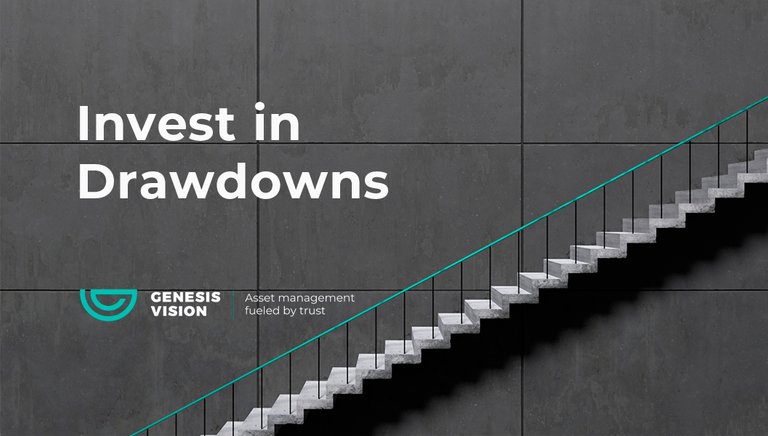If a manager is having a bad time (performance wise), it could actually turn out to be the best time for an investor.

Why?
Well, because a skillful investor can use the drawdowns to his own advantage. Let's talk about how it's actually done.
The investor finds a manager who is in a drawdown at this point in time, invests some GVT into his investment program and by the time the manager recuperates his losses, an investor gets more profit than if he would have invested before the account sank. In fact, any trader, including the GV managers, even if he is the best trader in the world by a landslide, cannot only show green all the time.
Just like in regular trading, there will always be a drawdown. However, if a trader is competent and able and has been trading for a while, he usually goes back to being profitable, this again highlights the importance of having this ledger of accountability in terms of when the assets were bought and sold and how that reflects on the manager accordingly.
An investor who uses this drawdown approach would only invest in investment programs, that are currently in a drawdown, and subsequently withdraw his funds as soon as the program goes back to its average profit levels.
However, if you are thinking that this is just too good to be true, you’re correct. Without the proper experience and knowledge, this approach can result in significant losses, and it is just not worth it.
After all, when a trader is in a drawdown, he can be somewhat nervous, psychologically tense, this might cause even greater drawdowns and losses, to the point that the account will be lost altogether. Consequently, the investor must understand that this is a standard trading drawdown, and not a loss of an account situation.
That is, to successfully engage in this type of investment, you need to carefully analyse the investment programs in which you intend to invest in the first place.
You wouldn't want to use the drawdown approach with managers who trade aggressively, because, with such a trader, even an experienced investor will not be able to distinguish between drawdown and total loss of funds, as well as the best time to “buy in”.
We should also explicitly point out, that it is not recommended to use this approach for the first year of the Genesis Vision platform's life, for the reason that it is not possible to accurately analyse an investment program in enough detail (once we’ve got a 12 month trading period out the way, the data is a lot easier to use for analytical purposes) - again this isn’t to say you can’t analyse it before 12 months it’s just in our opinion, a greater length of performance history will be easier to spot potential pitfalls or profit periods.
Managers who allowed a drawdown of more than thirty per cent or more are unlikely to work either since the risk of such an investment is too high.
If an investment program has a trading history that shows that the manager has been out of drawdowns many times, then obviously it is relatively safe to invest in him.
If you want to catch up on our previous advice, you can do so here.
We wish you happy investing Visioners!